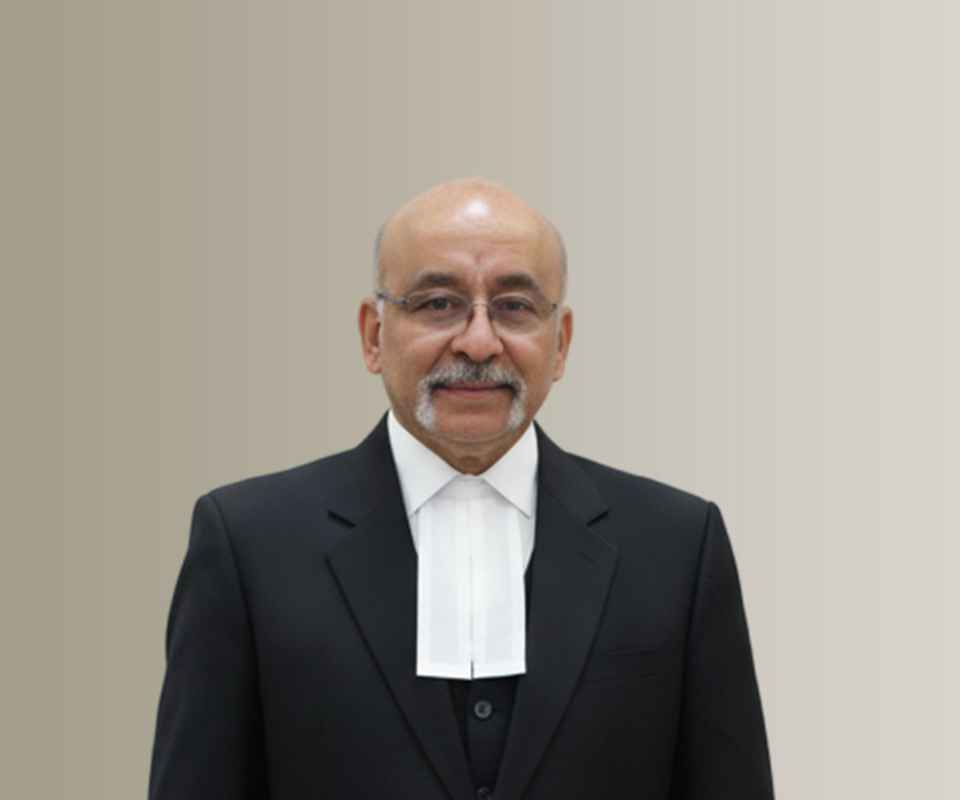Answer By law4u team
Domestic violence can significantly impact custody arrangements in family law cases, as it directly affects the safety and well-being of the child and the parent involved. Courts prioritize the best interests of the child in custody decisions, and when domestic violence is alleged or proven, it becomes a critical factor in determining custody, visitation, and parenting plans. A history of abuse by one parent can lead to restrictions on custody or visitation rights, with the goal of ensuring the child’s physical and emotional safety.
Impact of Domestic Violence on Custody Arrangements
Priority on Child's Safety and Welfare:
The primary consideration for family courts in custody decisions is the safety and welfare of the child. If a parent has a history of domestic violence, the court will assess how that history could affect the child’s physical and emotional well-being. This includes evaluating the impact of exposure to violence, the risk of harm during visitations, and whether the abusive parent can provide a safe and stable environment for the child.
Example: If a parent has a history of physical abuse, the court may be reluctant to award them unsupervised custody or visitation, fearing that the child may be at risk.
Possible Restrictions on Custody or Visitation:
In cases where there is evidence of domestic violence, the court may impose significant restrictions on the abuser’s custody and visitation rights. This can include granting primary custody to the non-abusive parent, restricting the abusive parent to supervised visitation, or even denying visitation entirely if the abuse is severe or ongoing. Courts can issue protective orders to prevent further abuse.
Example: If there is evidence of physical or sexual abuse, the court may grant sole custody to the non-abusive parent and award supervised visitation to the abusive parent.
Impact of Domestic Violence on Parental Fitness:
Domestic violence can be seen as evidence of a parent’s inability to provide a safe and nurturing environment for the child. Courts consider the fitness of each parent, and a history of domestic violence can raise doubts about the abuser’s ability to responsibly care for the child. The abusive parent may be required to take steps to demonstrate that they can provide a safe environment, such as attending anger management classes or substance abuse counseling.
Example: If a parent has been convicted of domestic violence, the court may require them to undergo therapy or parenting classes before they are allowed to have unsupervised visitation with the child.
Consideration of the Child’s Exposure to Domestic Violence:
The court will examine whether the child has been exposed to the abuse and how that exposure has affected the child’s emotional and psychological development. Children who witness domestic violence often experience long-term emotional trauma, which can influence the court’s decision to limit or restrict visitation with the abusive parent. Witnessing violence can be as damaging as being a direct victim of it.
Example: If a child has witnessed physical violence between their parents, the court may be concerned about the psychological impact on the child and may limit or supervise the abusive parent’s contact with the child.
Supervised Visitation:
In cases where a parent has been accused or convicted of domestic violence, the court may award supervised visitation instead of unsupervised visits. This ensures that the child is safe during the time spent with the abusive parent. The supervision may be carried out by a neutral third party, such as a professional or a family member, or at a visitation center where trained staff are present.
Example: A court might rule that a father, who has been abusive in the past, can only see his child at a supervised visitation center, where the visits are monitored to ensure the safety of the child.
Modification of Custody Orders:
If domestic violence occurs after an initial custody arrangement has been made, the non-abusive parent can file a motion to modify the existing custody order. If there is evidence of domestic violence, the court may alter custody arrangements to ensure the child’s safety, which can include changing the primary custodian or limiting the abusive parent’s visitation rights.
Example: If a mother learns that her ex-husband has been violent toward his new partner, she can petition the court for a modification of their custody agreement to reduce his time with the child or place conditions on the visitation.
Parental Alienation and Domestic Violence:
In cases involving domestic violence, the court must be cautious of false allegations of abuse or claims of parental alienation by the accused parent. Sometimes, an abusive parent may attempt to use allegations of alienation to manipulate the legal process. Courts take this into consideration but typically prioritize evidence of abuse, especially when there are records, witness testimonies, or police reports to back up claims of violence.
Example: If an abusive father claims that the mother is alienating the child, the court will carefully assess whether the mother’s refusal of visitation is due to actual abuse or manipulation.
Legal Actions and Protective Measures
Restraining Orders:
If domestic violence is present, the court can issue a restraining order or protection order to prevent the abusive parent from having contact with the child. This is often the first step before deciding on custody and visitation arrangements.
Example: A mother may obtain a temporary restraining order against her abusive partner, preventing him from contacting her or the child until a hearing can be held.
Safety Plans and Counseling:
Courts often order a safety plan for the child, which outlines measures to ensure the child’s safety during visitation. In some cases, the court may require the abusive parent to attend counseling or parenting classes before visitation is allowed to resume or be modified.
Example: A father may be required to complete anger management and domestic violence counseling before being allowed unsupervised visitation.
Child Protection Services (CPS):
If domestic violence is suspected, Child Protection Services (CPS) may be involved to investigate the allegations and assess the child’s welfare. Their findings can be crucial in determining custody and visitation arrangements.
Example: CPS may conduct interviews and assessments to determine if a child is at risk of emotional or physical harm and recommend protective measures.
Example
Priya is concerned about the safety of her 8-year-old son, Aarav, during visitations with her ex-husband, Vikas, who has a history of domestic violence. Priya knows that Vikas has been physically abusive toward her in the past and is worried that he might harm Aarav or expose him to further violence.
Action: Priya seeks a protection order and files a petition for primary custody of Aarav, arguing that Vikas's history of abuse makes him an unsafe parent. She provides evidence of past police reports and medical records documenting the abuse.
Court Decision: The court grants primary custody to Priya and orders supervised visitation for Vikas at a visitation center. The court also mandates that Vikas attend anger management classes and complete a domestic violence treatment program before any changes to the visitation arrangement are considered.
Conclusion:
Domestic violence plays a significant role in custody decisions, as the court's primary concern is the safety and well-being of the child. Courts are likely to restrict or limit the visitation rights of an abusive parent, sometimes awarding supervised visitation or denying visitation altogether if there is a risk to the child’s safety. It is essential for the non-abusive parent to seek legal remedies, such as filing for restraining orders, requesting custody modifications, and presenting evidence of abuse. Ultimately, courts aim to create a custody arrangement that protects the child while balancing the rights of both parents, but the child's safety is always the top priority.







